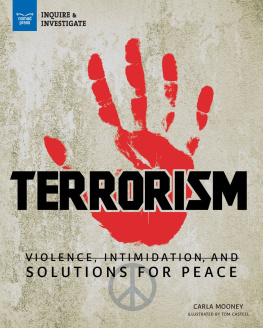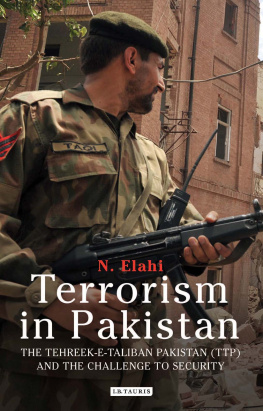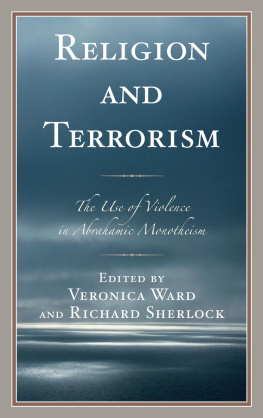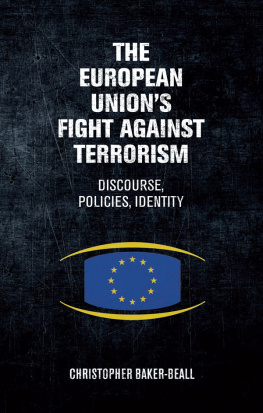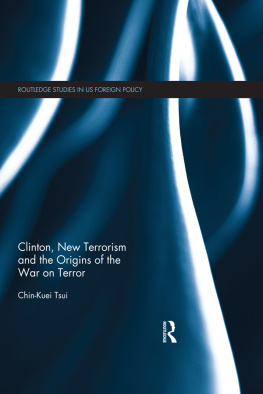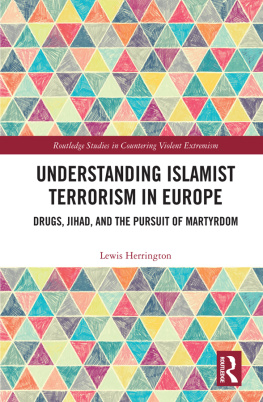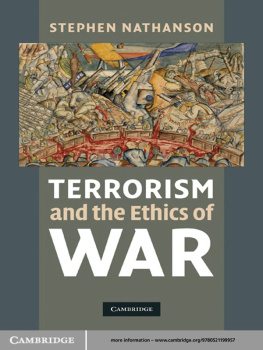Table of Contents

The Great Indian Conspiracy
The Great
Indian
Conspiracy
Praveen Tiwari

BLOOMSBURY INDIA
Bloomsbury Publishing India Pvt. Ltd
Second Floor, LSC Building No. 4, DDA Complex, Pocket C - 6 & 7
Vasant Kunj, New Delhi 110070
BLOOMSBURY, BLOOMSBURY INDIA and the Diana logo are trademarks of Bloomsbury Publishing Plc
First published in India 2019
This edition published 2019
Copyright Praveen Tiwari, 2019
Praveen Tiwari has asserted his right under the Indian Copyright Act to be identified as Author of this work
All rights reserved. No part of this publication may be reproduced or transmitted in any form or by any means, electronic or mechanical, including photocopying, recording or any information storage or retrieval system, without the prior permission in writing from the publishers
Bloomsbury Publishing Plc does not have any control over, or responsibility for, any third-party websites referred to or in this book. All internet addresses given in this book were correct at the time of going to press. The author and publisher regret any inconvenience caused if addresses have changed or sites have ceased to exist, but can accept no responsibility for any such changes
ISBN: TPB: 978-9-3869-5059-8; eBook: 978-9-3869-5060-4
Created by Manipal Digital Systems
Bloomsbury Publishing Plc makes every effort to ensure that the papers used in the manufacture of our books are natural, recyclable products made from wood grown in well-managed forests. Our manufacturing processes conform to the environmental regulations of the country of origin
To find out more about our authors and books visit www.bloomsbury.com and sign up for our newsletters
Contents
K eeping divisions alive is the core characteristic of politics. While divide and rule was the governing principle of the Britishers, India started her tryst with destiny cheerfully. However, the political class carried forward the same strategy as its predecessors to gain power. Such politics wounded the hour of freedom. The country was divided on the basis of religion, paying for the political ambitions of a few. Millions of Muslims were wise enough to choose their homeland. A million others were swayed by the communal frenzy of the time. The Pakistani psyche was poisoned with a pathological hatred for India, if not Indians. The radicalisation process had almost wiped out minorities from that country resulting in a decrease in the population of Hindus in Pakistan and Bangladesh.
Radicalisation was Indias problem too, but to a lesser extent. Independent India has witnessed some gruesome riots in its brief history. Even now, the country faces challenges from the supporters of the two-nation theory from within as well. Groups like SIMI and Indian Mujahedeen are the illegitimate children of this fallacious theory. Some of our youth had fallen prey to merchants of hatred like Hafiz Saeed, Zaki Ur Rehman Lakhvi and Syed Salahuddin. The light of freedom dissolved the common enemy, and both the communities drew further apart.
Islam and Christianity have fought each other for centuries across the globe. The war between the West and the Muslim world has fuelled terrorism. The US, the worlds greatest neo-imperialist power, has also followed the British mantra for balance of power in its favour. The US is not the only world power to have used terrorism as a strategic weapon.
What goes around comes around, and karma came a full cycle for the US in Afghanistan when the seed it had sowed came back to haunt it. For decades, Washington had condoned Pakistans duplicity against India in the war against terror. The army that aimed to bleed India was fed using dollars. The US establishment finally woke up on learning that its own money had helped finance Taliban terrorism. The mightiest power on earth had created its own enemy, virtually in the neighbourhood of Rawalpindis army staff.
The Jihadi monster, at least in South Asia, was born out of the US policy of divide and rule. Foreign and strategic policies of most countries revolve around only two or three global power centres of various degrees. Countries like Pakistan capitalise on their nuisance value and use foreign aid to fuel proxy war across their borders. Its birth decided its predicament, which is now becoming clearer with the country struggling for identity and existence. As a ripple effect, India too owes some of its troubles to its turbulent neighbourhood.
Diversity had no role in the supposed land of the pure. There was clamour for a Hindu Rashtra on our side of the border. However, our ancestors knew the value of equality. The whole world can now see the difference. The words of visionary leaders, like Maulana Kalam Azad, on the future of Pakistan have proved prophetically true. Indian Muslims knew that a country that superseded culture over religion was bound to be reduced to a failed state. The cocktail of a weak democracy and a fundamentalist army has turned Pakistan into hell. The state of minorities in Pakistan is a global concern.
It is not that India has never had its share of extremists. However, the sanatan roots of Indian culture have withstood such onslaughts on a much larger scale. The coexistence in India is an example for the world. The problem started when Muslims were being ghettoised. A glaring example of this phenomenon was one Indian politician offering legal help to a suspected ISIS terrorist. The relevant political party depended heavily on the Muslim vote bank. It made every effort to pander to them. However, inciting a false sense of insecurity betrays political principles.
The Muslim electorate has been made to look for saviours. Mulayam Singh Yadav adopted the same tactic to earn the title of Maulana Mulayam. The Congress also perfected the same trick and ruled unchallenged for several decades. It is the mother party of numerous regional parties in India.
The founders of Jan Sangh were vocal about the Hindutva identity. An agitation from Maharashtra aimed to get India declared a Hindu nation. Nevertheless, such movements could never catch the publics imagination. Even the Hindutva circles did not show any enthusiasm towards the demand. Indias rich culture lies in its unity in diversity. Majoritarianism will only reduce her to Pakistans mirror image. This understanding has prevented the Indian polity from getting swayed by communal tendencies beyond a point.
The Congress ruled the country for a long time and adopted the policy of appeasement to counter the growing influence of the Jan Sangh. Several smaller parties also followed the same model. However, this only perpetuated the polarisation of voters in Bharatiya Janata Partys (BJP) favour.
BJP emerged as a serious alternative to the Congress in the Vajpayee era by demonstrating that a non-Congress government was capable of completing its term. Now, Modi has gone a step beyond by ruling Indias first non-Congress majority government.
Many Congress leaders pre-empted the situation and opted for some desperate measures to prevent the partys dominance. The appeasement of minorities increased as BJP started to expand. It was portrayed as an enemy of the Muslims. The Rashtriya Swayamsevak Sangh (RSS), BJPs parent organisation, was demonised by linking it to Hindu extremism. The motormouth leaders of the Congress did their best to malign the Sangh Parivar. The opposition to BJP countered its rise by adopting the political formula of Pakistan.
Pakistan and other theocratic Islamic states have deprived minorities of basic freedom and equality. The underlining political current in such nations is homogenizing the population. In contrast, India has celebrated its multiple cultures. The divisive politics hit at this fabric of Indian nationhood. Regardless, the Congress used it to vilify BJP as a communal party. This led to the poisoning of a few Muslim minds which in turn gave terrorist masterminds like Hafiz Saeed the power to spread tentacles within our borders.



